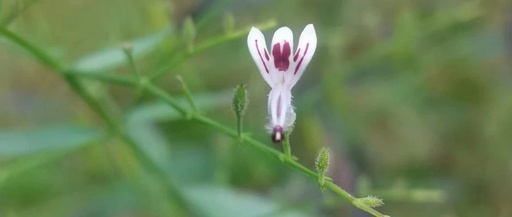As the saying goes, “A mute eats Huanglian (Coptis chinensis), unable to express the bitterness,” meaning Huanglian is extremely bitter. However, if we talk about the most bitter plant, it is not Huanglian. There is another plant in folk tradition known as “the King of Bitterness.” It is said that just tasting the leaves of this plant can bring bitterness to the heart, which shows how bitter it is, and this plant is Chuanxinlian (Andrographis paniculata). Chuanxinlian is a well-known herb in folk medicine, and it is said that Li Shizhen was once saved by it, thus it is included in the Compendium of Materia Medica.
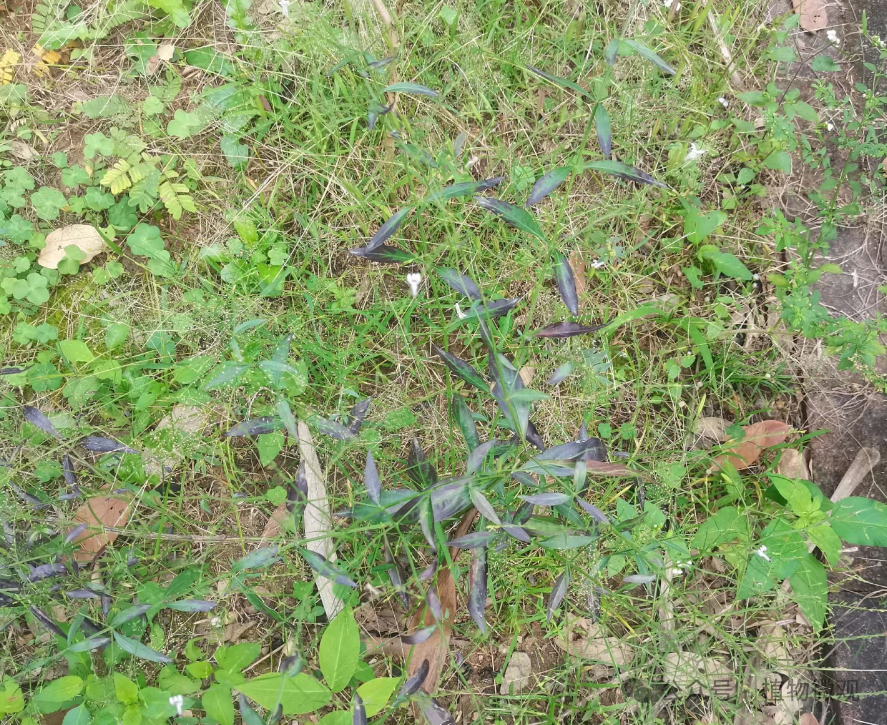
Chuanxinlian, named for its extremely bitter taste that can penetrate the heart, is also known as Indian herb, which is said to have been brought to China by Bodhidharma from India. In fact, Chuanxinlian is not a native plant of China; it originates from India and Southeast Asia. Whether it was brought to China by Bodhidharma remains uncertain. Chuanxinlian is also referred to as bitter gall herb and bitter herb, belonging to the Acanthaceae family and the genus Andrographis. It is an annual plant, but in southern regions, it can be a perennial herb. Nowadays, Chuanxinlian is quite common in rural areas, both cultivated and wild; I have previously found it growing at the corner of an old house in the countryside.
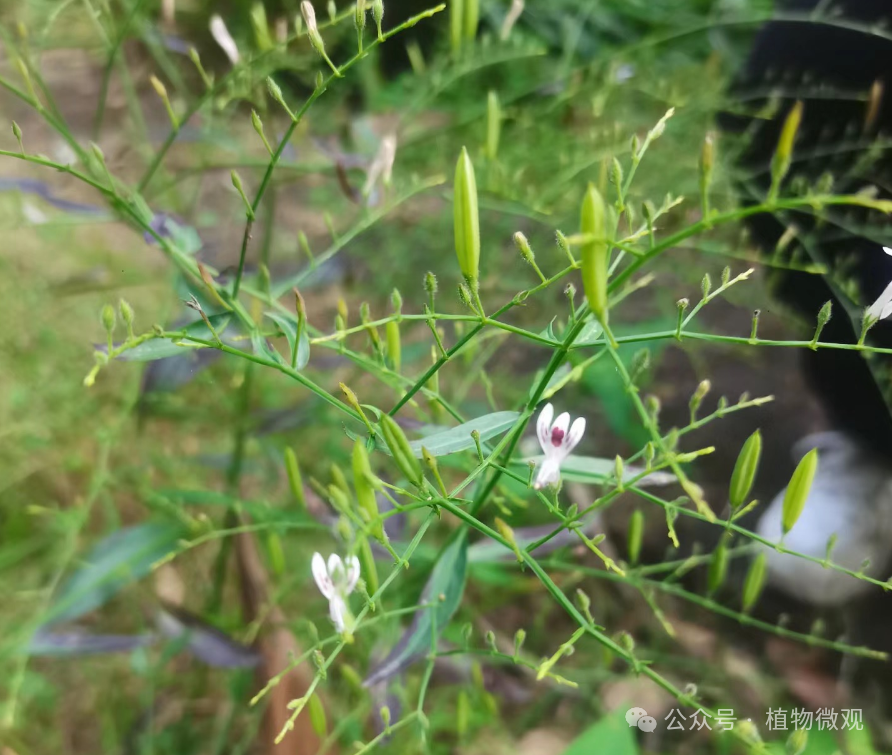
The Chuanxinlian plant typically does not exceed 1 meter in height, with an upright stem that is quadrangular and branched. The stem is very brittle and easily breaks, with swollen nodes at the joints that even emit a bitter smell. The leaves of Chuanxinlian are opposite, papery, and lanceolate or ovate.
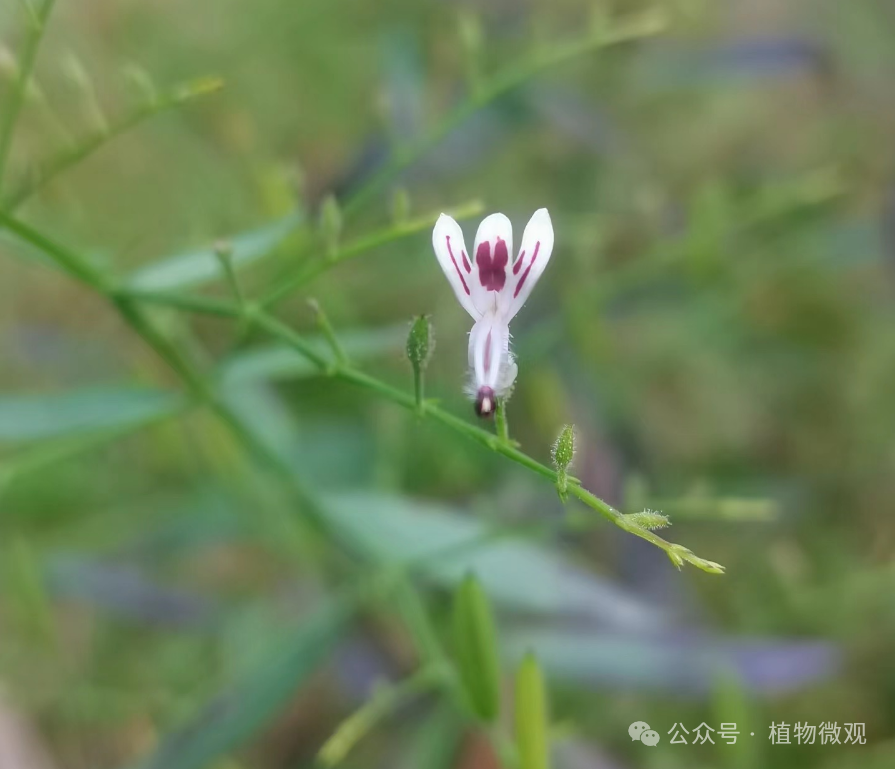
It flowers in summer, from May to September, with flowers that are terminal or axillary, pale purple-white in color, and the corolla is lip-shaped with many fine white hairs. The fruit ripens in autumn, from July to October, with capsule fruits that are elongated oval or linear, growing upright, and the hard outer shell has grooves, resembling the upward growth of oxalis fruits.
Once the fruit of Chuanxinlian matures, it splits open automatically, revealing red seeds. Currently, this plant is mainly distributed in Fujian and the Guangxi regions. Guigang in Guangxi is the largest production area of Chuanxinlian in China, accounting for about 70% of the national total, with nearly ten thousand acres of cultivation.
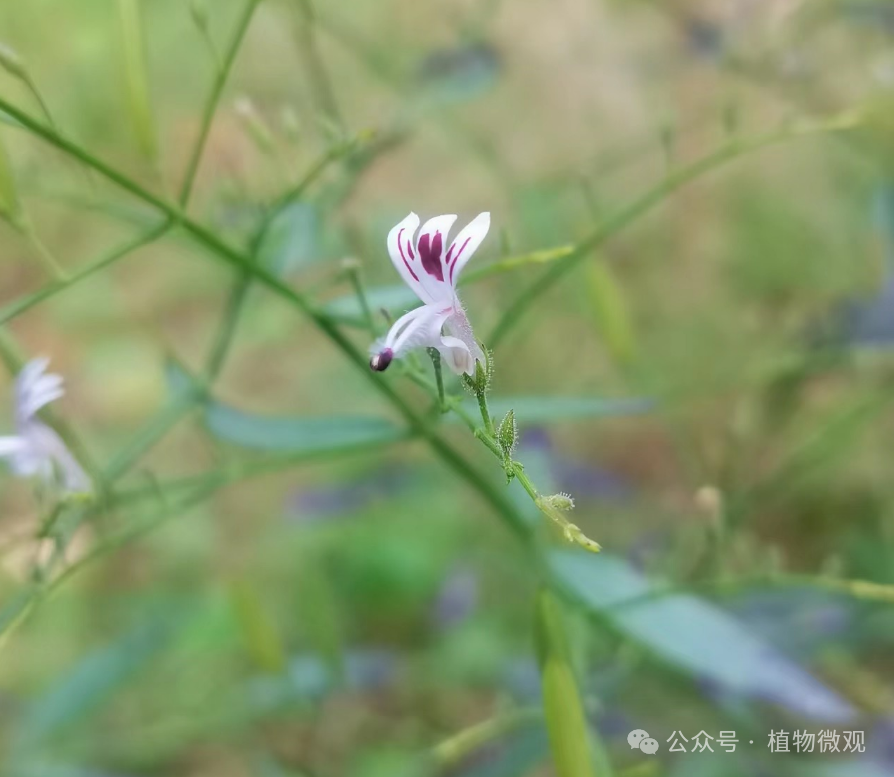
Chuanxinlian is a very valuable herb, but unfortunately, many people are unaware of its value and often remove it as a weed. In fact, Chuanxinlian has two major uses that farmers should understand. If Chuanxinlian grows in your hometown, you should cherish it.
First, Chuanxinlian can be used to brew tea. Chuanxinlian has a long history of use in folk medicine, especially for clearing heat and detoxifying. Similar to Huanglian, knowledgeable farmers often collect it for storage. I remember when I was a child and had a fever, my mother would give me something called Chuanxinlian slices to eat, and the bitterness made my nose run. Therefore, it can also be brewed as tea, but drinking it requires great courage. I once drank it with sugar added, crying as I did.
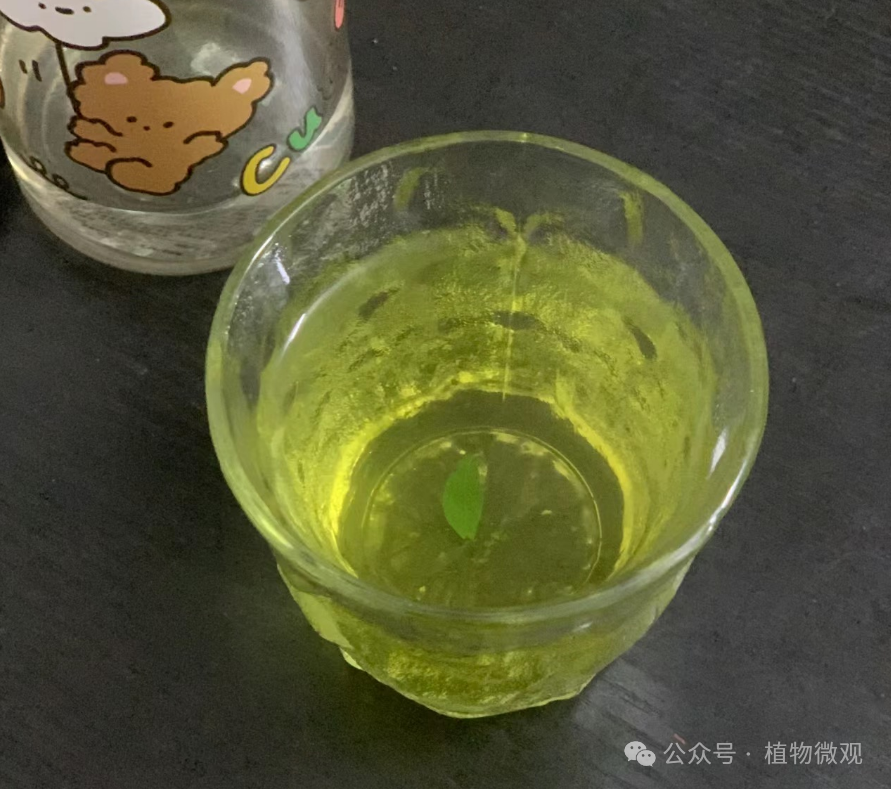
Second, Chuanxinlian has high medicinal value. Chuanxinlian is a traditional Chinese medicinal herb, and all parts of the plant can be used for medicine. Generally, it is harvested in summer or early autumn when the stems and leaves are lush and then dried for storage. It has the functions of clearing heat, detoxifying, cooling blood, and reducing swelling. In the Record of Medicinal Herbs in Lingnan, it is recorded that Chuanxinlian can “antidote snake venom and treat internal injuries and coughs.” Additionally, in the Quanzhou Materia Medica, it is noted that Chuanxinlian can “clear heat, detoxify, reduce inflammation, and treat pharyngitis, dysentery, and high fever,” demonstrating its high medicinal value.
Common preparations like Chuanxinlian oral liquid and Chuanxinlian tablets are actually made from this plant as the main ingredient. If Chuanxinlian grows in your hometown, consider harvesting a few plants to cultivate at home, so you can use them whenever needed. It is said that in the Xishuangbanna region of Yunnan, Chuanxinlian is a must-have herb in every household.
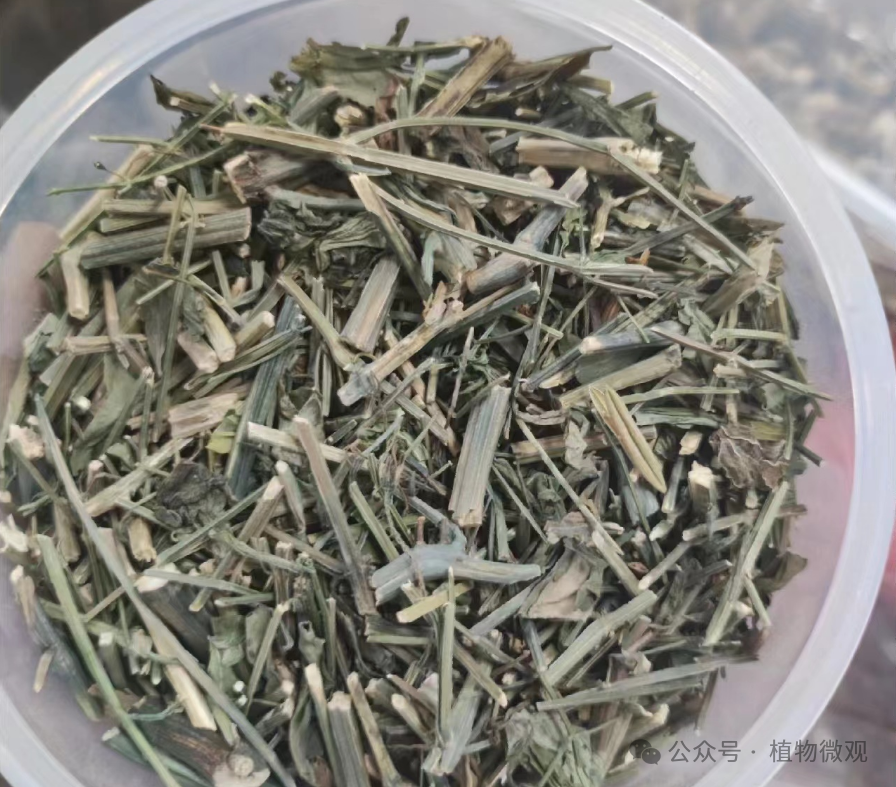
Well, that concludes today’s article. Do you now understand Chuanxinlian? Have you ever seen Chuanxinlian? Did you eat Chuanxinlian slices or oral liquid when you were a child? Do you remember its taste? If you want to learn more interesting knowledge about Chuanxinlian, I recommend purchasing the book Compendium of Materia Medica, which includes hundreds of common plants found in rural areas, including Chuanxinlian. This book not only details the morphological characteristics of these plants but also their medicinal value, making it very practical. Especially for families with children, knowing more can broaden their horizons and cultivate interests, achieving a win-win situation. If you have anything to say, feel free to leave a comment below and share your insights.

